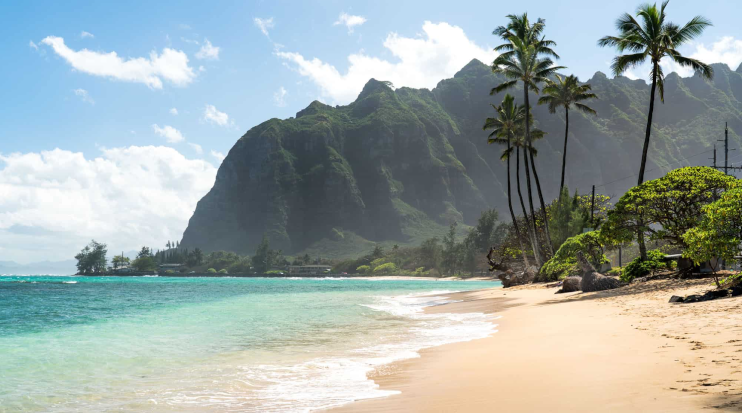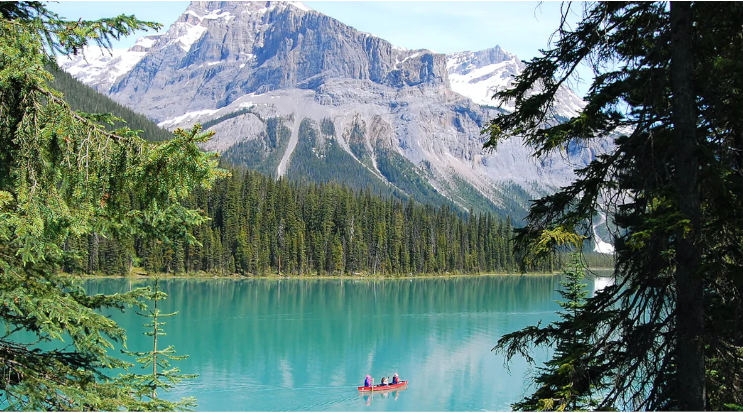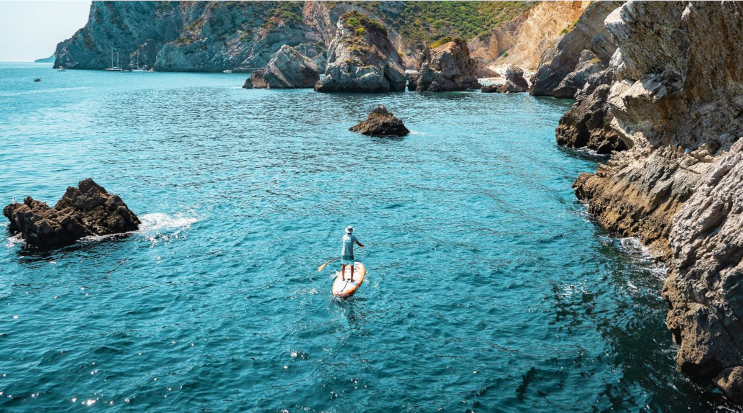The sport has now become recreational, thanks to local surfers who invented the sport as a way to still get out on the ocean when the waves got low in summertime. They also realized that stand-up paddleboarding was much quicker and easier to learn than surfing—therefore making it available to a much broader audience and allowing its popularity to skyrocket.


Get ready to learn everything you need to know about how to stand-up paddleboard—and where the best places to do it are!
Where to go
If you’re planning a trip or a vacation near the water soon—be that an ocean, a river, or a lake—you’re in the right place to give stand-up paddleboarding a go. When weather permits, it’s the perfect, fun-filled activity to include on any trip’s itinerary, in addition to being a great full body workout once you’ve mastered it!
The perks of this water sport don’t stop there, though. While stand-up paddleboarding, you’re bound to be surrounded by a stunning natural environment, all while floating along a tranquil lake or sparkling river and having the utmost fun with this serene, yet challenging, activity.
The following are some of our favorite destinations:
Oahu, Hawaii


What better place to learn how to stand-up paddleboard than in the birthplace of the sport? Oahu, Hawaii, is known for it’s epic big wave surfing, but in the summer when the waves are calmer, this is the perfect destination for both beginners and pros. Not only famous for it’s epic water sports, the tranquil, clear waters; white, sandy beaches; and soaring temperatures are also a huge bonus when heading to this beautiful island.
British Columbia, Canada


British Columbia, Canada, is filled with reflective lakes and meandering rivers, and these peaceful waters make this the ideal place for SUP beginners. The possibilities are endless for diverse stand-up paddleboarding and sightseeing while here—and the incredible views will leave you in awe while doing so, too!
Portugal
It’s not hard to see why stand-up paddle boarding is so popular in Portugal, with its 1,793 kilometers of coastline to explore. You can explore the caves in the Algarve, or head to Luiz Saldanha Marine Park to go paddleboarding in an aquarium-like setting. With crystal clear waters and up to 70 meters of visibility, this spot is totally unique.


The need-to-know
Getting a feel for stand-up paddleboarding should only take 30 minutes or less, depending on how good your balance is. For first-timers, it’s recommended to find calm waters and head out with a friend, in order to increase your chances of succeeding while learning this new skill.
Equipment
Minimal equipment is required, and it all can be rented from a water sports shop. The three main items are:
- A paddleboard
- A paddle
- A life jacket
Techniques
Once you have your equipment, you can head to the water to start this adventure. Simply put, it’s all about balance—using strength from your core to keep you upright and centered while on the water. The three most important parts of learning this water sport are: how to stand up properly, how how to balance while paddling, and how to fall.
Trying to stand-up immediately as you get on the board is most likely going to end in disaster. Climb on the board while using your knees to balance, and head out into deeper water, away from the shallow shores. Once you feel comfortable, you can then begin to stand, one foot at a time. Plant your feet where your knees were and place the paddle horizontal along the board to anchor your balance.
Once you’re standing, you must rely on your core balance to keep you from falling. Your feet should be hip-width apart, and your weight should be evenly distributed. Keep your gaze on the horizon and avoid staring at your feet; this will help you keep your balance and avoid falling into the water.
What to do if you fall
Learning a new skill is always a challenge and will come with its wins and failures during the learning process. Falling is all a part of the fun when learning how to stand-up paddleboard; however, knowing how to fall correctly is important in order to avoid getting injured.
Pro Tips:
- Fall to the side to avoid the board.
- Try to fall flat to avoid hitting your head.
- Hold onto your paddle.
You’ll be paddling off into the sunset and off to your next scenic trip in no time!
Paddle off into the sunset and onto your next scenic trip! Here’s some inspiration on where to head—and some other adventure sports you can give a shot.
